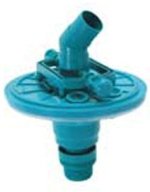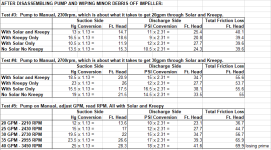I'm following this with interest after trying and returning a robot. Coming from a Kreeply Classic K70405.
First try, a $100 Vingli from Amazon, isn't terrible but is missing spots and getting stuck at stairs.
@nuke_twidget What did you wind up doing?
@Dirk On the Rebel v2, did you get the hose kit or just the head? What about the short hose connector and float thing? Wondering if I need to replace my aftermarket hose if I get a Rebel.
Interesting discussion of leaf traps. I never used that with the Kreepy Classic--my hose goes directly through the Pentair Vac Plate (K12068) so all large debris lands in the skimmer. I only have one skimmer and I believe the one drain at the bottom of the deep end is actually plugged (at the skimmer), so the pump's full suction is through the skimmer. Any reason to change that setup?
How good is the Rebel v2 on walls? Will it knock off any algae starting to form? To me that's half the point of any cleaner--to not have to brush. The other half is picking up debris.
Moved from here.
First try, a $100 Vingli from Amazon, isn't terrible but is missing spots and getting stuck at stairs.
@nuke_twidget What did you wind up doing?
@Dirk On the Rebel v2, did you get the hose kit or just the head? What about the short hose connector and float thing? Wondering if I need to replace my aftermarket hose if I get a Rebel.
Interesting discussion of leaf traps. I never used that with the Kreepy Classic--my hose goes directly through the Pentair Vac Plate (K12068) so all large debris lands in the skimmer. I only have one skimmer and I believe the one drain at the bottom of the deep end is actually plugged (at the skimmer), so the pump's full suction is through the skimmer. Any reason to change that setup?
How good is the Rebel v2 on walls? Will it knock off any algae starting to form? To me that's half the point of any cleaner--to not have to brush. The other half is picking up debris.
Moved from here.
Last edited by a moderator:




